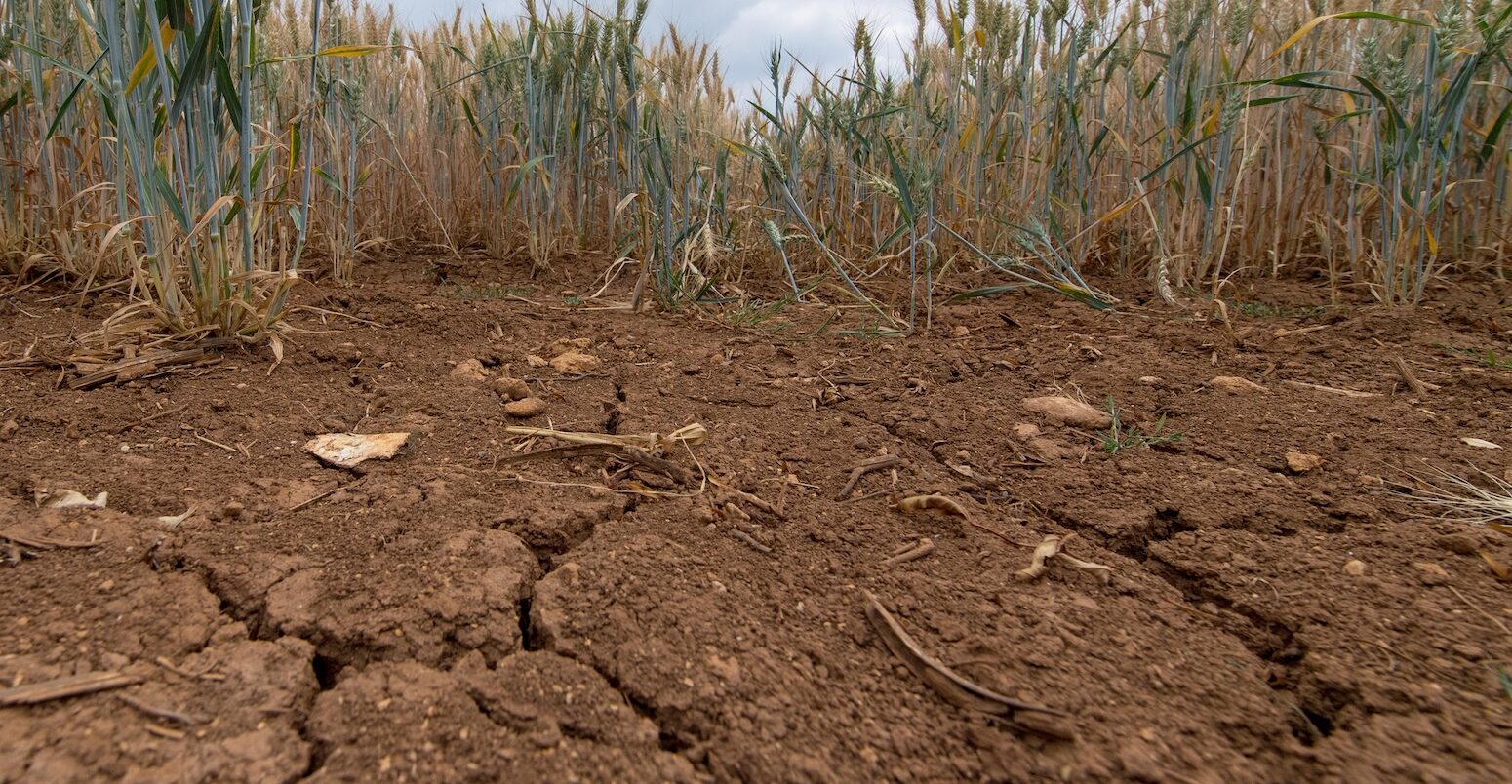The voluntary carbon market, a mechanism designed to allow organizations and individuals to offset their carbon emissions by purchasing carbon credits, has encountered significant challenges in recent years. This market, which was once seen as a beacon of hope for global climate mitigation efforts, has been marred by allegations of questionable project integrity. Reports have surfaced alleging that some carbon credits were issued for projects that did not deliver the promised environmental benefits. This has raised concerns about the reliability of carbon offsetting as a tool for genuine climate action.
Adding to the market’s woes is a notable drop in demand for carbon credits. This decline is partly attributed to the erosion of trust stemming from these integrity issues. Companies and organizations that previously invested heavily in carbon credits are now re-evaluating their strategies and commitments, driven by the need to ensure that their investments genuinely contribute to environmental protection and not merely serve as a token gesture.
Recent controversies have further exacerbated these challenges. A particularly alarming development came with Brazil’s environment minister’s warning that funds intended for carbon credits might be siphoned off by criminal groups involved in selling credits from illegally deforested or stolen land in the Amazon. Such revelations have cast a long shadow over the market, amplifying doubts about the credibility of carbon credits and their role in effective conservation.
Despite these setbacks, there remains a potential for the voluntary carbon market to play a crucial role in climate mitigation. However, realizing this potential may require a fundamental shift in perspective. This shift could involve greater transparency, more rigorous verification processes, and a stronger focus on ensuring that carbon credits genuinely contribute to the conservation and restoration of ecosystems. By addressing these issues, the voluntary carbon market might regain its credibility and continue to support global efforts to combat climate change.
Historically, the carbon credit market appeared poised for explosive growth, with predictions suggesting it could be worth over $50 billion by 2030. However, the narrative has been undermined by a series of revelations and criticisms. Reports have exposed misleading marketing tactics by some corporate buyers, such as TotalEnergies’ attempt to claim “carbon-neutral” status for fossil gas. Additionally, many carbon credit providers have been accused of overstating their projects’ impact or neglecting the rights of local communities. This erosion of trust has been reflected in the market’s downturn, with transaction values plummeting from $2.1 billion in 2021 to $723 million last year.
In response to these issues, the Integrity Council for the Voluntary Carbon Market (ICVCM) has sought to restore the market’s credibility. The council’s Core Carbon Principles aim to establish rigorous standards for carbon credits, particularly targeting renewable energy projects that constitute a significant portion of the market. ICVCM’s decision to reject methodologies linked to these projects, due to doubts about their impact, highlights its commitment to addressing the integrity crisis. Critics argue that the competitiveness of renewable energy makes it less reliant on carbon credits, further complicating the market’s landscape.
Despite efforts to improve quality, the sector’s path to recovery remains uncertain. The Science-Based Targets initiative (SBTi), which influences corporate decarbonization strategies, has maintained its stance against using carbon credits as offsets. This position underscores the challenge of restoring confidence in carbon credits, as offsetting often implies a simplistic equation where one credit equals one less tonne of CO2. In contrast, carbon removal projects, such as direct air capture, offer more precise measures but come with higher costs.
Tommy Ricketts, CEO of BeZero Carbon, suggests rethinking carbon credits not as commodities but as securities, similar to stocks and bonds. This perspective might align better with the market’s complexities and provide a more effective mechanism for allocating capital. Companies like Microsoft and Stripe have already begun focusing on carbon removal credits, valuing their scientific rigor despite their higher costs.
One potential solution is to reframe how companies approach carbon credits. Instead of using them purely for offsetting emissions, companies could apply an internal carbon price to their operations. This approach would involve charging a fee for each tonne of CO2 emitted, with the proceeds directed towards carbon credits or other climate-positive initiatives. This strategy could incentivize companies to maximize the impact of their investments, as they would not be confined to offsetting specific emissions but rather working within a fixed budget to support meaningful projects.
Although this method does not fully address how to set appropriate carbon prices, it represents a promising shift in how carbon credits could be used. By focusing on impact rather than mere offsetting, companies might be able to channel significant funds into nature conservation and other climate initiatives. However, achieving this will require substantial effort to rebuild the market’s reputation and effectiveness.




